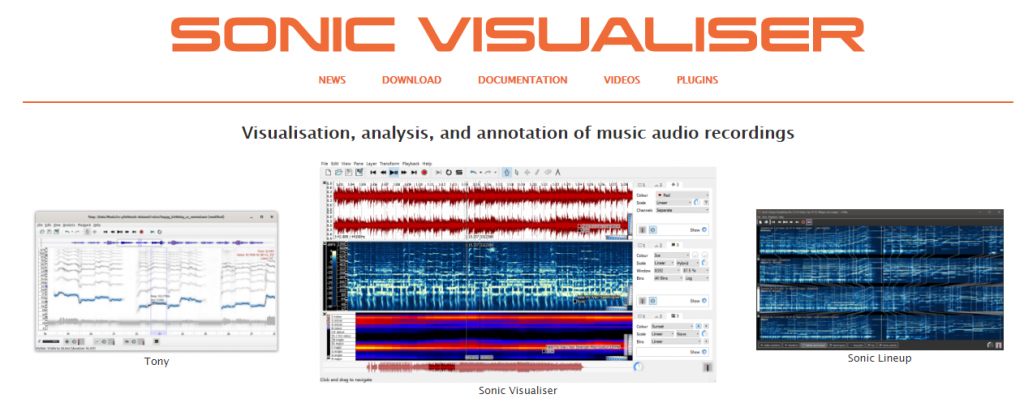

To combat this, 30 frames per second quickly became the U.S.
Audio visualizer program sync to picture movie#
24 frames per second may have looked pretty good in the low-light of the movie theaters, but with the greater brightness of TV sets, it caused noticeable flicker. On the consumer end, movie houses figured out that they could cut down on “flicker”, by simply flashing each of these 24 frames two times a piece for a total of 48 distinct illuminations per second.Ĭomplications began with the advent of television. Throw sound into the picture, and all of a sudden people start to notice when Charlie Chaplin starts sounding like Mickey Mouse.Įven when sound was first added to picture, workflow remained fairly straightforward for a little while.

This system allowed the studios to save money on film stock, and let the movie theaters earn more money by turning audiences over at a healthy clip.īut with the birth of the “talkies”, we quickly started to standardize our frame rates to make accommodations for audio.

When the finished silent movies were screened for audiences, they were often played back considerably faster than that, at rates over 20 frames per second. The first hand-cranked cameras used in the industry could shoot footage at rates anywhere from 16 to 18 frames per second there was no standardization. When you’re dealing with silent films, you have plenty of room to play fast and loose with frame rates. In the early days of motion picture, audio sync was easy: There wasn’t any.


 0 kommentar(er)
0 kommentar(er)
